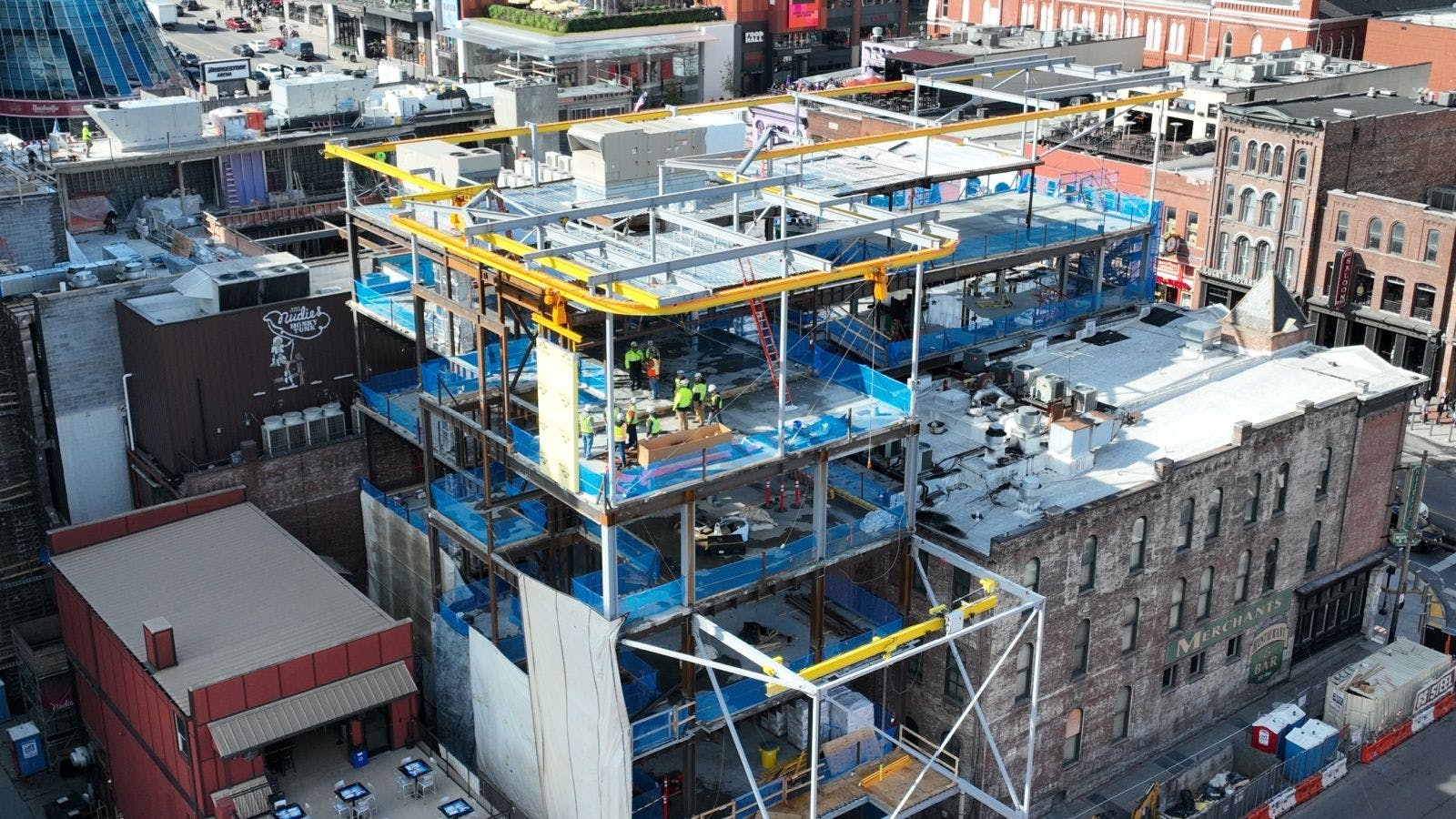
The Benefits of Professionally Installed Window Film
Staying ahead of the competition is no easy task, but it is possible. While there are many ways to differentiate your company, one way is by incorporating green initiatives with construction and retrofit projects. Operating in such an environmentally conscious way not only benefits building operators and owners but their tenants as well.
One material that provides multiple benefits is window film. Rated by the National Fenestration Rating Council for energy performance, professionally installed window film can offer increased ultraviolet (UV) protection, extend the useful life of older windows, generate energy savings and more, all while improving the building’s real estate value.
What are Window Films
Window film is a sheet of one or more layers of polyester substrate, each of which has been scientifically coated with microscopically thin layers of metals and chemicals and laminated together. A scratch-resistant coating is then applied to one side; a mounting adhesive layer and a protective release liner are applied on the other side. When the release liner is removed, the side of the film with the adhesive is professionally applied normally to the interior surface of the glass (but exterior window films are increasing in use for some applications). Window film is available in a range of shades from visually clear to darker shades and works with any size or shape window, allowing a space to be further aesthetically distinguished from others. The most common types of window film are solar control film, spectrally selective film, decorative film, safety/security film and low‐e film.
While introduced over 50 years ago, the use of window films has grown tremendously in recent decades, and developments such as nanotechnology and advanced coatings have taken the benefits to new heights. Window film has now been engineered using today’s advanced technology to deliver energy savings similar to those found in low-e windows, yet at a fraction of what replacement windows cost. It’s important that a professional install it to ensure a proper fit, that the product performs to its best ability and that it lives up to or beyond its warranted life
Surprisingly, even the newest and highest technology windows, which advertise added UV protection as a benefit, usually provide no more than 70 percent UV block. With the installation of window film, up to 99 percent of harmful UVs are blocked, reducing the risk of skin cancer and other sun damage to skin and eyes. Business and homeowners can feel good about having the extra protection delivered by window film for occupants and the added fade protection for the furnishings.
Energy Savings
According to the U.S. Department of Energy, between 25 percent and 35 percent of wasted building energy is blamed on inefficient windows, and many older commercial buildings still have even less efficient single pane windows. With professionally installed energy control window film, a building operator can go from having windows that allow in 90 percent of the solar energy to windows that allow in less than 25 percent. For commercial buildings, window film offers up to seven times the energy savings per dollar spent when compared with full window replacement. In addition, once installed, window film may offer year-round savings of about 5 percent to 10 percent of the total energy bill—for cooling alone the savings may reach 30 percent.
If replacement of the HVAC system is being considered for a building, an analysis of the reduction in energy use due to window film installation should be determined first. The capital savings from needing a smaller unit after film installation coupled with the ongoing energy cost reduction of using less energy due to the upgraded window performance from the film can greatly contribute to the cost of the initial replacement project.
Older windows can cause uneven glare, hot spots and damage from UV exposure including upholstery and floor fading. Rather than replacing structurally sound windows, a simple, yet very cost-effective solution is for a professional to apply a thin layer of window film which will help regulate the temperatures within the building, minimize cooling costs, make the environment more comfortable for tenants and reduce damage to interior furnishings.
By retrofitting existing windows, building operators can save on the cost of replacing windows while upgrading to today’s energy and safety standards. Roughly 258 million tons of municipal solid waste is generated each year. By installing window film on older inefficient windows instead of discarding them, the amount of landfill waste can also be reduced. More and more businesses and consumers are looking to work with eco-minded companies, and this is one way to incorporate a green practice and meet those criteria.
Window film is anything but a one-trick-pony. With the bevy of benefits, it’s a wise material to incorporate into retrofit plans to help increase a building’s value while helping the planet and your bottom line too.
Related stories








